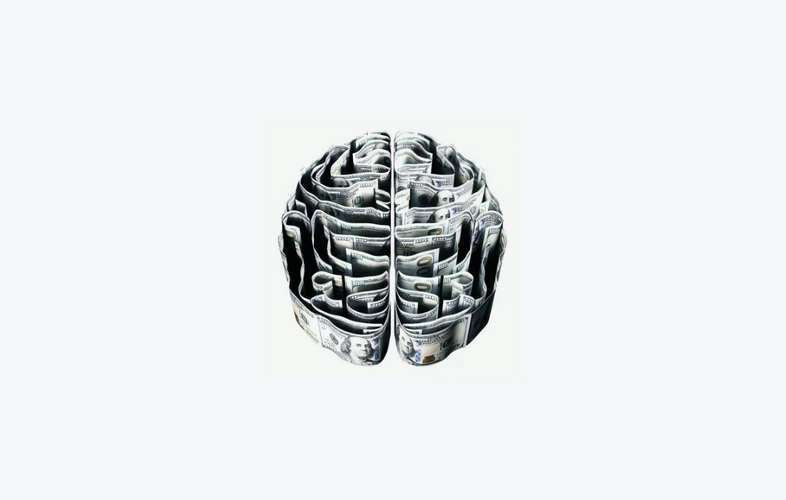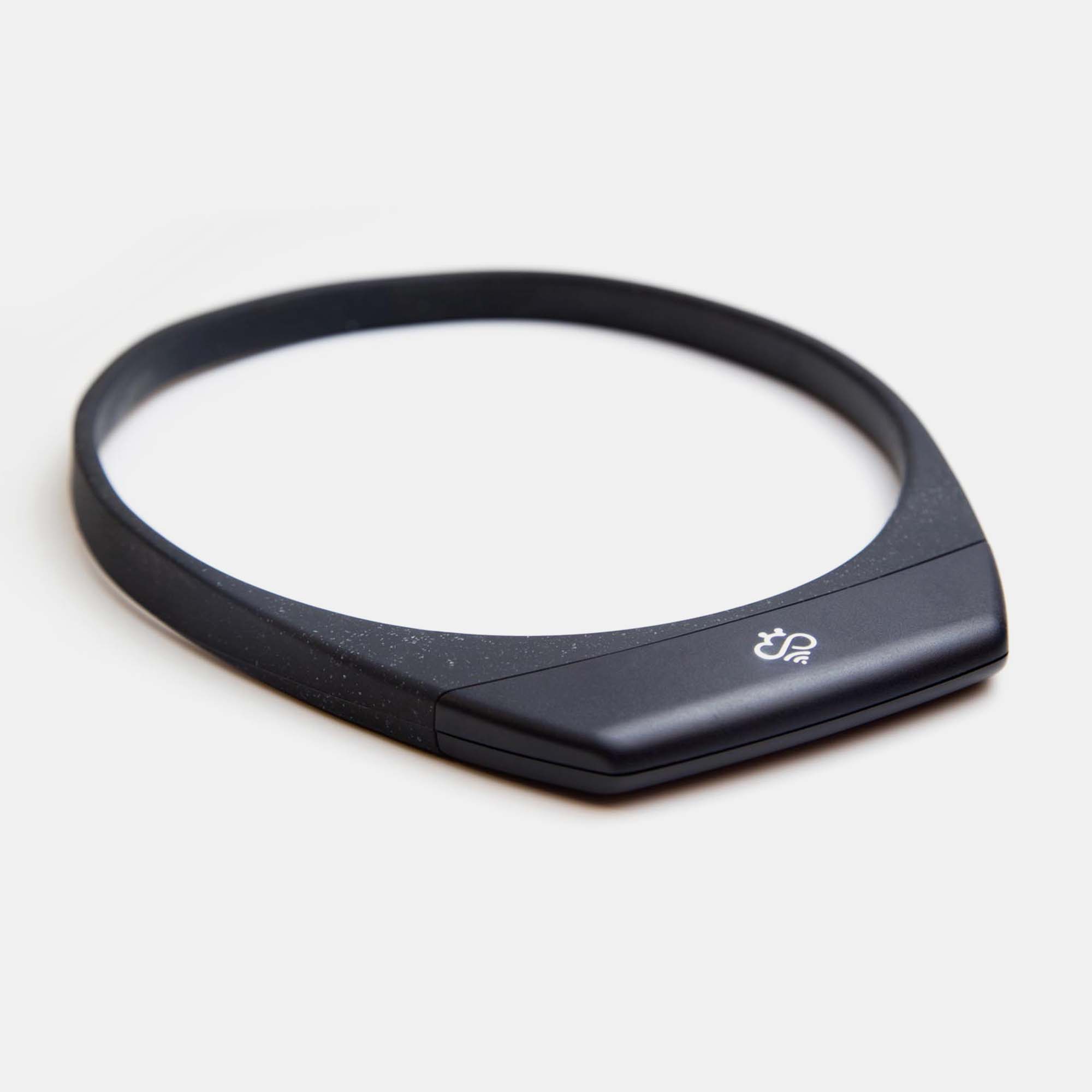How to Use Brainwave Entrainment
When was the last time a song got stuck in your head? If you’re anything like me, it’s usually the most annoying songs that remain there, playing over and over until I’m sufficiently distracted by something else (possibly another irritating song). This repetitive pattern is the basic concept behind brainwave entrainment.
Brainwave entrainment has become popular among biohackers and wellness gurus. Still, there doesn’t seem to be much information out there about how it works and how to use it properly.
has become popular among biohackers and wellness gurus. Still, there doesn’t seem to be much information out there about how it works and how to use it properly.
Have you ever considered trying brainwave entrainment? You may have heard of the many benefits, but they sound too good to be true. Maybe you’re new to the whole biohacking thing and you feel weird about inviting electromagnetic fields near your brain.
Whatever your concerns are, it’s important to have accurate scientific information before trying anything new. Let’s see if this new wave (pun intended) of biotechnology is actually beneficial to the average person.
What is Brainwave Entrainment?
While brainwave entrainment is a relatively new, trendy biohacking method, the concepts behind it are centuries old. In the Bronze Age, people used ceremonial chambers that were acoustically tuned to particular brainwave frequencies in order to induce an altered state. Ancient Greeks built spinning wheels that allowed sunlight to flicker through them in a specific way.
Modern brainwave entrainment prompts the brain to access a particular state through a variety of different stimulation modes, including pulsing sounds, lights, or electromagnetic fields. Essentially, the stimulation convinces the brain’s activity to synchronize to the external stimulation. The stimulation can be low-power to bias the brain activity or higher energy which can activate brain cells directly.
Most people experience brainwave entrainment as producing a trance, enhanced concentration, relaxation, meditation, or sleepiness. Others may have seizures or other problematic side effects. If you are aware that you’re prone to seizures, it’s best not to use brainwave entrainment.
It’s important to note that scientists do not fully understand the function or source of different brain rhythms. They may be part of how the brain fundamentally works, they may be a side effect of other brain activity, or something else we haven’t discovered yet. Because brainwave entrainment relies on artificially creating these brain rhythms, it’s difficult to say with certainty that brainwave entrainment is beneficial.
There are several different approaches to brainwave entrainment: magnetic, electric, haptic (vibrational), and audio stimulation.
Audio Stimulation
Several forms of audio stimulation have been used to entrain brain waves through the vestibulocochlear nerve, the pathway that directly connects your ears to your brain. This is the most accessible type of brainwave entrainment because all it requires is sound. If you want to try it out for yourself, just do a quick YouTube search.
Audio stimulation can utilize three types of sounds: isochronic tones, binaural beats, and monaural beats.
Isochronic Tones
These are single tones that come on and off at regular intervals, creating a rhythmic pulse. The idea is for your brain to sync to that specific frequency.
Binaural Beats
Binaural beats are different from isochronic tones in that they are continuous, while isochronic tones turn on and off. With binaural beats, you use headphones that play two tones with slightly different frequencies in each ear to create an auditory illusion.
Monaural Beats
Monaural beats are like binaural beats, but the two tones are combined rather than separated by ear. You can experience monaural beats through speakers rather than headphones. Your brain perceives the difference between the tones as a beat.
The Benefits of Brainwave Entrainment
There are certainly some wild claims made by brainwave entrainment device companies. Some say you’ll gain a higher IQ, lose weight, and become more creative when you use their products.
From what we can tell, a lot of these “perks” are just hype. The real potential benefits of brainwave entrainment include:
- Increased attention (gamma and beta waves)
- Healthy sleep (theta and delta waves)
- Reduced stress and anxiety (alpha waves)
- Improved memory (gamma and beta waves)
- Enhanced meditation (alpha waves)
- Mood boost (gamma and beta waves)
As you can see, each type of brain wave is associated with a different state. Brainwave entrainment involves picking a sound associated with a particular brain wave to alter your state.
Brainwave Entrainment vs. Neurofeedback
For those of you who have a background in brain training, you may be thinking this sounds a little bit like neurofeedback. There are some key differences, however.
While brainwave entrainment pushes your brain into a specific state, neurofeedback training aims to teach you to reach that state on your own. Rather than forcing your brain to reach a certain position, neurofeedback gives you the skills you need to be able to move your brain yourself.
If you’re interested in neurofeedback, check out the 40 Years of Zen program, one of the most innovative neurofeedback training regimens that exist.
Does Brainwave Entrainment Work?
Now for the all-important question: does this method actually work? Let’s look at an assortment of studies to determine the effectiveness of brainwave entrainment.
One comprehensive review of brainwave entrainment showed that it is an “effective therapeutic tool.” This review found that brainwave entrainment reduced anxiety and pain in day surgery patients, prevented migraines, treated muscle pain, relieved PMS symptoms, and benefited children with behavioral problems.
Another study sought to discover the effects of brainwave entrainment on people with ADHD. The results of this study suggest that brainwave entrainment has a moderate impact on the problem-solving skills of the participants.
Studies of binaural beats specifically found that memory was improved after exposure to beta wave binaural beats and the duration of sleep was longer after exposure to theta wave binaural beats.
While these studies appear to demonstrate that brainwave entrainment does in fact work, it’s important to be aware of rare possible side effects that might result from brainwave entrainment. These include anxiety, nausea, headaches, dizziness, convulsions, increased heart rate, and overwhelming subconscious images. If you experience any of these things, stop using brainwave entrainment immediately.
There are a lot of different ways to use brainwave entrainment for a variety of purposes, but you may need to experiment with different devices and placements. Every brain is different.
Brain Entrainment Devices
Your sole option for brainwave entrainment used to be attaching yourself to a giant machine run by an expert. Now, there are many brain entrainment devices on the market that allow you to achieve similar results at home. Here are a few of the most popular ones in the magnetic, electric, and haptic categories of brainwave entrainment.
NeoRhythm (magnetic)
The NeoRhythm headset utilizes the technology of repetitive transcranial magnetic stimulation (rTMS). It emanates magnetic fields corresponding dominant and accompanying frequencies to the different brainwave frequencies so that the brain can synchronize them.
The studies that NeoRhythm presents to prove its efficacy are relatively minor, using only 25 users to test their signals. The company offers a generous 60-day money-back policy, but it requires sending the product back to the factory in Slovenia, which can come with a hefty shipping fee.
Thync (electric)
The Thync is clinically proven to reduce stress and improve sleep by using electric impulses. It’s intended to be worn on your forehead and the back of your neck.
The only downside is that the adhesive strips that go on your forehead can be uncomfortable and wear out quickly.
Apollo (haptic)
The Apollo neuro is a different sort of brainwave entrainment device . It is worn on your wrist or ankle rather than on your head and utilizes vibration to send signals from your wrist or ankle up through the vagus nerve and into the brain. The Apollo claims to help with focus, sleep, calm, and physical recovery.
While it does not necessarily need to be as stylish as Fitbit or Apple Watch, the Apollo is a long way from a fashion accessory. Some users complain that it looks like a court-ordered ankle bracelet…and it has been known to have battery life issues as well. Considering these drawbacks, the price tag feels too high.
Hapbee (entrainment alternative)
Remember, brainwave entrainment is based on an idea that has not been proved from a fundamental science perspective. If you’re still feeling somewhat skeptical about the safety or effectiveness of brainwave entrainment, you should learn more about Hapbee. Hapbee does not utilize brainwave entrainment; rather, it uses a novel form of magnetic field technology called ulRFE to send signals to your brain. The six original signals are Happy, Alert, Focus, Calm, Relax, and Sleepy.
The signals are derived from source compounds using a specialized liquid helium-cooled, Superconducting Quantum Interference Unit (SQUID) magnetometer to detect “real-time” changes in the magnetic environment (10-15 Tesla) of solvated molecules of interest. The engineered signals are then replayed to you though the Hapbee.
The Hapbee Band is sleek and simple to use. The price tag may be a little expensive, but you can get your money’s worth by using it in a variety of ways to enhance your daily life. The unique technology allows new signals that can be used for a variety of purposes rather than a single-use device like most brain entrainment devices. Order Hapbee here.
The post Everything You Need to Know About Brainwave Entrainment appeared first on Hapbee - Choose How You Feel.





